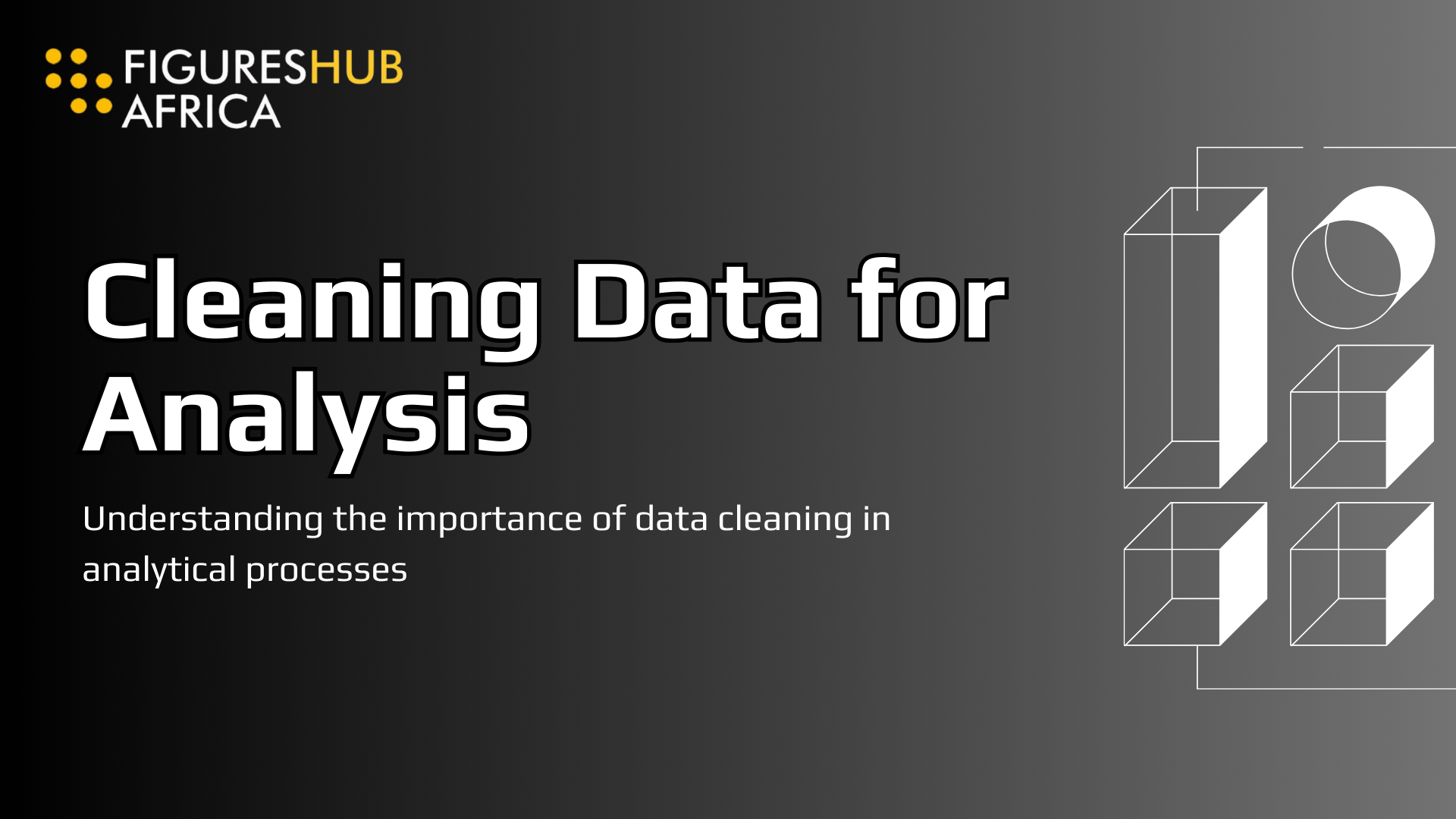Congratulations! You’ve finished your Data Analyst course, mastered pivot tables, dabbled in Python, and maybe even tackled a couple of machine-learning models. Now you’re standing on the edge, ready to get into data analysis. But what exactly comes next? And how do you go from “newbie with a certificate” to “pro with a paycheck”? Let’s break it down!
Polish Up Your Portfolio (Because “Proof” Beats “Talk” Every Time!)
As a fresh graduate, your projects are your golden tickets. Employers don’t just want to know that you completed a course—they want to see what you can do. Now’s the time to polish up those class projects, personal data explorations, and any other work that showcases your skills.
Tips for Building Your Portfolio:
- Highlight Variety: Make sure your portfolio covers a range of skills—think data cleaning, visualization, statistical analysis, and predictive modeling.
- Focus on Impact: Choose projects where your analysis led to real, actionable insights. Employers love results.
- Add Commentary: Explain each project as if your grandmother is your reader. Add context, walk through your approach, and spell out the conclusions you drew.
Get Comfortable with Real-World Data Tools
Most likely, your course covered tools like SQL, Excel, and maybe a little Python or R. But the workplace may have additional tools in store. From Tableau to Power BI to Apache Spark, employers often seek analysts who can work across platforms. Practice with publicly available datasets, like Kaggle or the data.gov sites. The goal? Keep building those skills while adding unique projects to your portfolio.
How Long Until You Land Your First Job?
Ah, the million-dollar question. Getting that first job can take anywhere from a few weeks to several months, depending on your experience, network, and how aggressively you’re applying. The good news? The demand for data analysts is high, and businesses are actively hunting for those with a fresh take on data.
Average Timeframe? For many new analysts, it takes around 3-6 months to land a role. Use this time to keep practicing, network like crazy, and even take on freelance projects if you can.
Network Like a Data-Driven Socialite
You’ve heard it a thousand times, but networking really does open doors. Luckily, networking in data analysis can be fun (yes, really!).
Read more: How to Become a Data Analyst Without a Degree or Experience
Get Freelance Gigs or Internships While Waiting
If you’re having a tough time landing a full-time job, why not try freelancing or internships? Sites like Upwork, Fiverr, and LinkedIn have plenty of short-term gigs for data analysts.
Why Freelance or Intern? You’ll get practical experience to talk about in interviews, which helps you stand out. Freelance gigs are a great way to keep adding professional work to your portfolio. Every client or colleague in a gig is a potential referral for a future role.
Apply for Jobs (and Don’t Be Too Picky at First)
Of course, we all dream of landing that high-paying, remote-first, data wizard role right off the bat. But it’s okay if your first position isn’t the most glamorous—experience is what counts!
To know more about how to apply, read our blog here: How to Apply for a Tech Internship With No Experience
Keep Learning and Growing
Finally, remember that data analysis is a fast-evolving field. Machine learning, data engineering, and artificial intelligence are just a few areas where analysts are expanding their skill sets. You don’t have to do them all at once, but be open to learning as you go.
Conclusion
Launching your career as a data analyst might feel like a marathon, but with each step, you’re moving closer to your goal. From portfolio building to networking to continuous learning, every effort counts. And remember, that first job is only the beginning. With resilience, curiosity, and persistence, your data journey will take you exactly where you want to go. Good luck—and welcome to the world of data!



